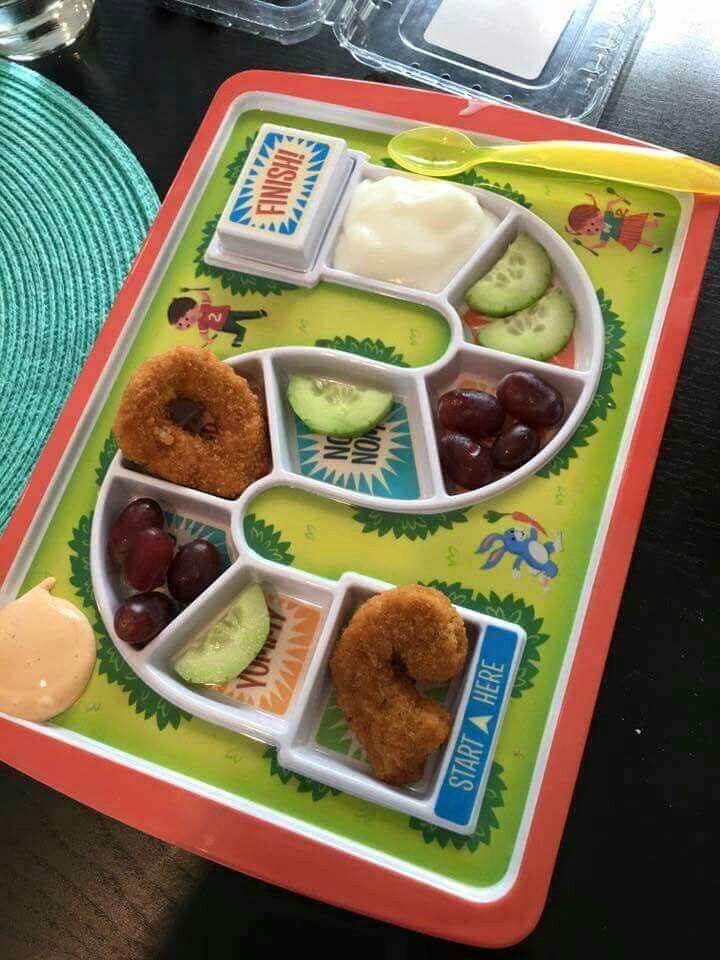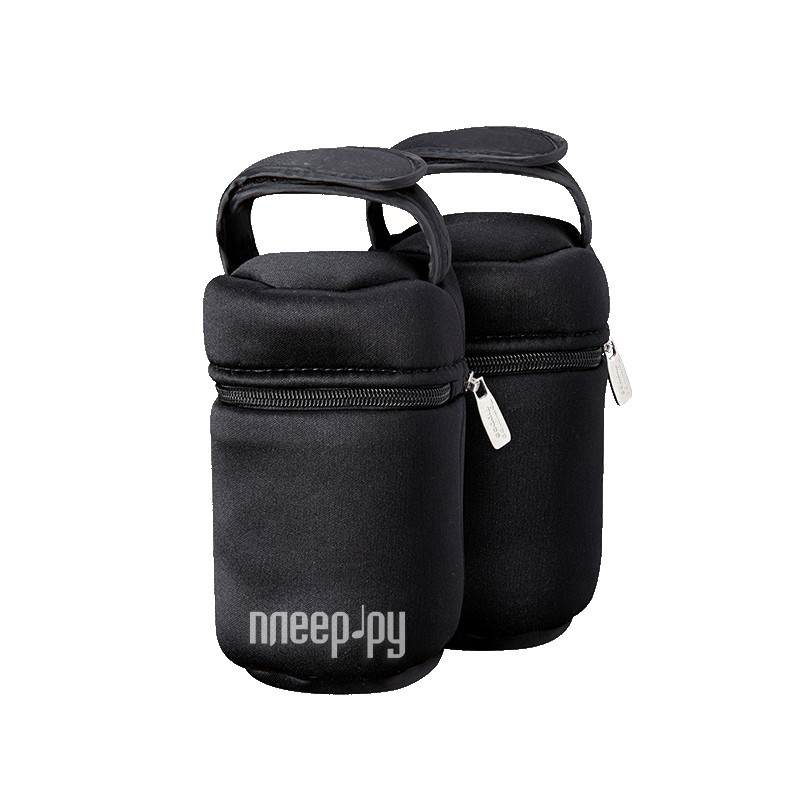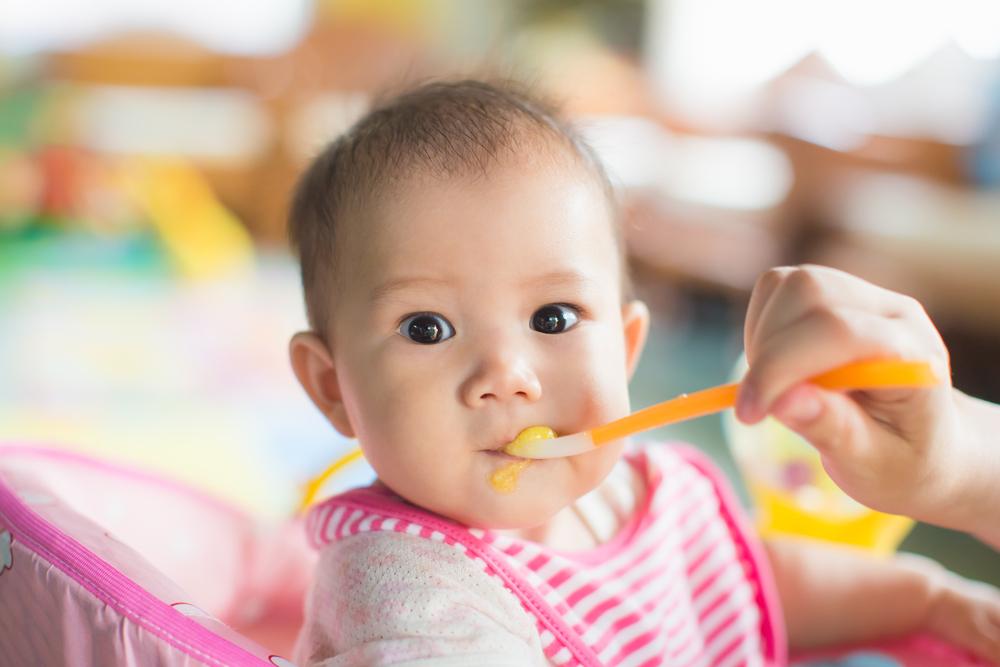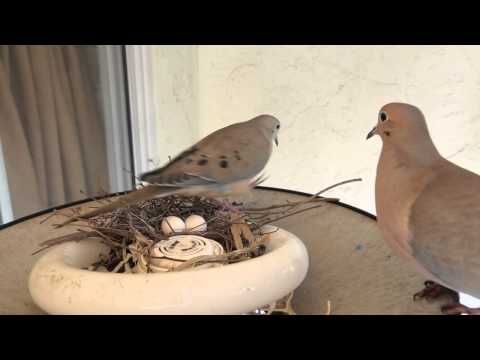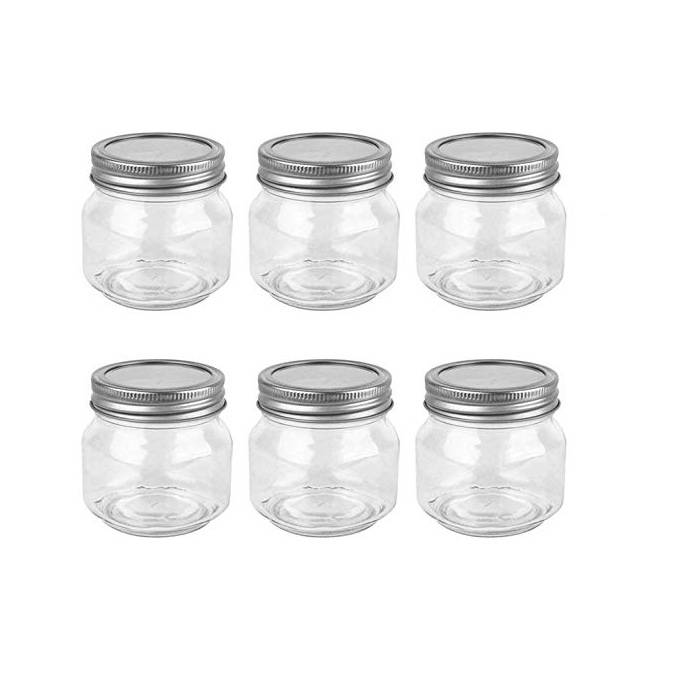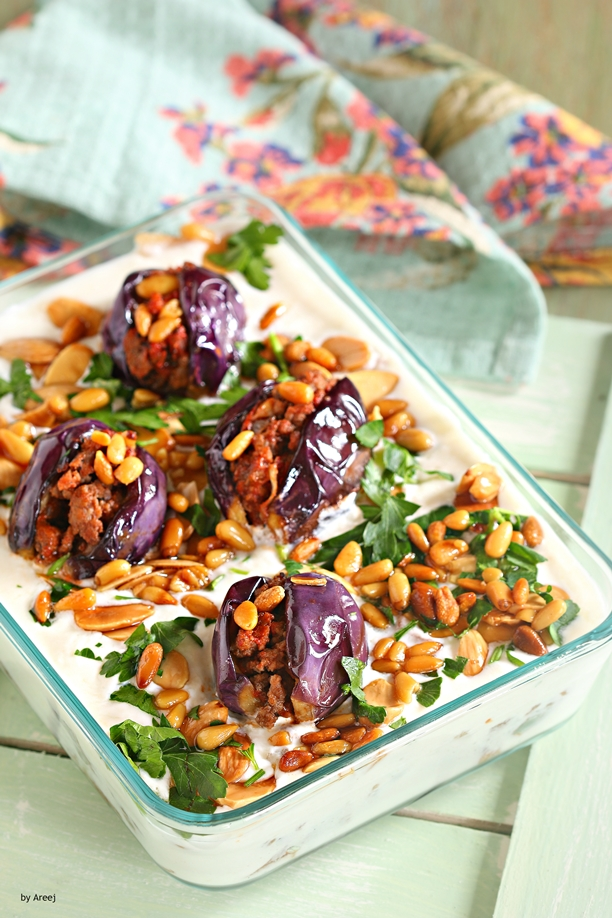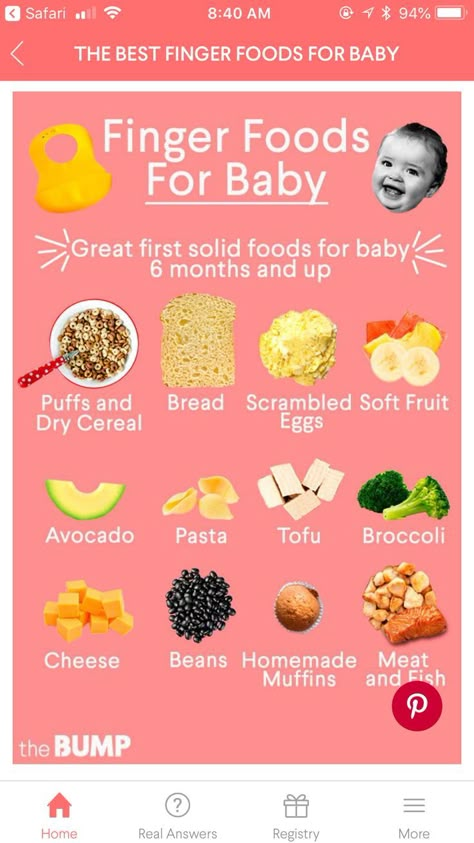How to store baby food on the go
Tips on Freezing and Best Containers
Learn the secrets to storing and freezing homemade baby food for ultimate freshness—AND the best baby food storage containers to use to ensure that you never waste what you make!
Baby Food Storage
Going through the effort to make homemade baby food really only works if you have a good plan for how to store the food to ensure that it stays fresh and that baby has plenty of opportunities to enjoy it. After making a LOT of baby food for my third kiddo to send with him to daycare, I got into a good routine of making and storing baby food—both in the fridge and freezer. Here’s how you can do it too.
TIP: You can find my favorite baby food recipes here.
Homemade Baby Food Storage: In the Fridge
You can store baby food in the fridge in airtight containers for up to 3 days. You can use masking tape and a Sharpie to label the containers with the contents and the date if you have a hard time keeping track of when you made something. (It’s definitely helpful to do that!)
Best Baby Food Storage Containers
I have a four favorite baby food storage containers that I use regularly.
1. Wean Green Baby Food Cubes
These are small, incredibly durable, and made from glass. They’re easy to clean and last forever. (Seriously, I’ve been using the same set for 7 years and they’re still as good as new!) $19.99 for a set of 4
2. Easy Lunchboxes Mini Dippers
These small containers are a perfect size for 1-2 frozen baby food cubes and they’re my go to for packing food for a baby to take to daycare. They also nest nicely when stored in the cabinet. $7.95 for a set of 8
3. Beaba Food Storage Containers
I have two sets of these and I use them regularly for larger amounts of baby food (you could probably fit 4 cubes of frozen food) and for toddler snacks. When assembled, they snap together, so they’re an easy way to stay organized. $14.95 for a set of 6
4. Oxo Tot Baby Food Blocks
This neat system is easy to keep contained in the fridge and is also made from a polypropylene body that is PVC, BPA, and phthalate free.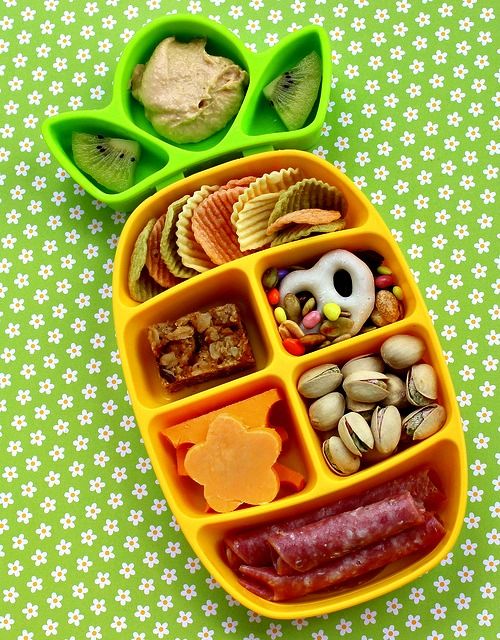 They are dishwasher and microwave safe. $9.99 for a set of 6
They are dishwasher and microwave safe. $9.99 for a set of 6
Homemade Baby Food Storage: For Freezing
Storing homemade baby food in the freezer allows you to make a bigger batch at once, and then serve it to baby over the course of a few weeks or months.The easiest way is to use an ice cube tray, which has the added benefit of portioning out the baby food nicely.
TIP: Any ice cube tray will do. You can use silicone ice cube trays if you prefer a non-plastic option.
Baby Food Storage Without An Ice Cube Tray
If you don’t have an ice cube tray or you’d just rather not use one, you can place a predetermined amount of baby food into a pint-size freezer bag. Remove as much air as possible, press flat, and seal. Place flat in the freezer to freeze. Then you can thaw the entire bag in the fridge overnight, or break off a portion of it to thaw.
How to Store Baby Food in the Freezer Step by Step
- Place baby food into each compartment of the ice cube tray, or fill as many as you need to with the amount of baby food you have.

- Cover (if your ice cube tray has a cover) and freezer for 4-6 hours or overnight.
- Pop out frozen cubes and transfer to freezer storage bags. Label as desired with the type of baby food and the date.
- Store in the freezer for up to 3 months.
TIP: I like to have a bag of sweet fruit purees and more savory vegetable purees to avoid having too many separate bags in the freezer at any given time. Then you can combine them into baby food combinations easily!
How to Thaw Baby Food
To thaw baby food, simply remove a cube (or as many as you need) and place into airtight containers. Thaw overnight in the fridge and serve. 1 cube may be plenty for a baby aged 6-7 months and older babies may enjoy two cubes.
Tips for the Best Baby Food Storage
- Keep fresh baby food in an airtight container for up to 3 days in the fridge.
- Use a regular ice cube tray to freeze, a silicone ice cube tray with a lid, or a small freezer bag with the contents pressed flat.
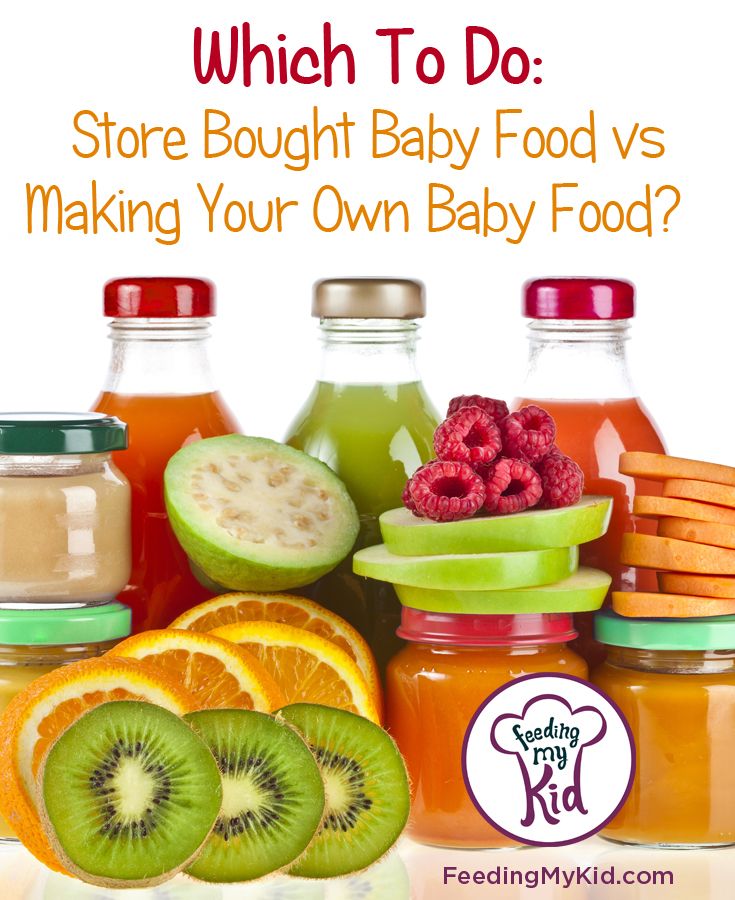
- Store frozen baby food in a freezer storage bag in the freezer for up to 3 months.
- To avoid freezer burn, try to remove as much air as possible from the storage bags.
- Label your bags with the contents and the date.
- To thaw baby food, simply remove a cube (or as many as you need) and place into airtight containers. Thaw overnight in the fridge.
- Use leftover baby food to flavor yogurt, baby oatmeal, baby rice cereal, smoothies, or cottage cheese.
- See some of my favorite Baby Food Pouch recipes here for more ideas on how to serve your baby food!
I’d love to hear your feedback if you have another storage technique or container that you love, so please comment below!
How to store and heat baby food on the move
how to guides
First published on Monday 1 August 2016 00:00 BST Last modified on Monday 19 April 2021, 13:32 BST
Lucy Dimbylow
Writer
This page contains affiliate links, which means we may earn a small amount of money if a reader clicks through and makes a purchase. All our articles and reviews are written independently by the Netmums editorial team.
All our articles and reviews are written independently by the Netmums editorial team.
Once you’re into the swing of parenthood, getting out and about with your baby is relatively easy.
But when you start weaning, you face a whole new challenge: feeding your baby when you’re away from home.
Working out how to keep food fresh on the go, and how to heat it up when it’s dinnertime can be tricky, so read on for the must-know guidelines on travelling with baby food.
Keeping baby food fresh on days out
Many parents, even if they usually cook homemade food for their baby, prefer to use jars or pouches of readymade baby food for days out.
Neatly sealed in sterile containers, they can be kept at room temperature so you don’t need to worry about how to keep them fresh.
If, however, you want to take homemade food out and about, you’ll need an insulated cool bag and some freezer blocks to keep the food at the right temperature.
You can either buy a bag specially designed for transporting baby food, or just use a normal insulated lunch bag, widely available from supermarkets.
1. Baby Polar Gear Little One's Lunch Bag
See more at Amazon
*Insulated cool bag with re-freezable ice pack
*Adjustable shoulder strap with clip to attach to prams
*Also available in blue
This roomy cool bag comes with an ice pack included and has been specifically designed with babies and young children in mind. With a handy pocket on the front, and an adjustable shoulder strap it can be attached to a pram or buggy handle.
Your browser cannot play this video.
2. Babymoov Airtight Containers (six-pack)
See more at Amazon
*Stackable for storage
*Ideal for travel and days out
*Dishwasher, microwave and steriliser-safe
These air-tight storage pots by Babymoov can be popped into the dishwasher or microwave and come in a handy pack of six. Ideal for travel, they can be stacked for easier storage. They are just what you need to transport your baby's food on days out.
3. Disposable Weaning Bibs (20-pack)
See more at Amazon
*Perfect for meals out and about
*Waterproof backing and crumbcatcher
*Adjustable neck with sticky tabs fastening
Using disposable bibs for days out can be a great idea.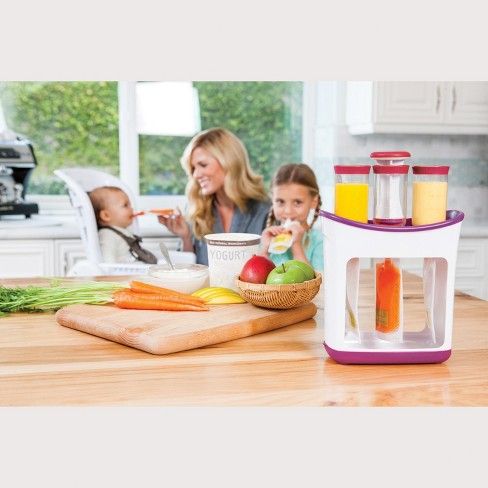 We like these brightly coloured ones from Tommee Tippee that come in a pack of 20. They have an adjustable neck that fastens with sticky tabs and waterproof backing and a crumb catcher to keep mess contained.
We like these brightly coloured ones from Tommee Tippee that come in a pack of 20. They have an adjustable neck that fastens with sticky tabs and waterproof backing and a crumb catcher to keep mess contained.
4. TUM TUM Children's Food Flask
See more at Amazon
*Can be used to keep food hot or cold
*Comes in three attractive designs
*Bpa-free and dishwasher-safe
This flask will keep your baby's food hot for up to five hours, but don’t forget to allow time for it to cool before you feed it to them. It's available in three funky designs and can keep food hot for around five hours.
You’ll also need to remember to pack any snacks your child might need.
Pre-packed snacks like boxes of raisins, cereal bars and packets of rice cakes are ideal for days out, but if you want to take your own snacks, pack them in lidded containers or a special non-spill snack pot: these have flexible lids with an opening that allows your baby to get the snacks out but not tip them everywhere.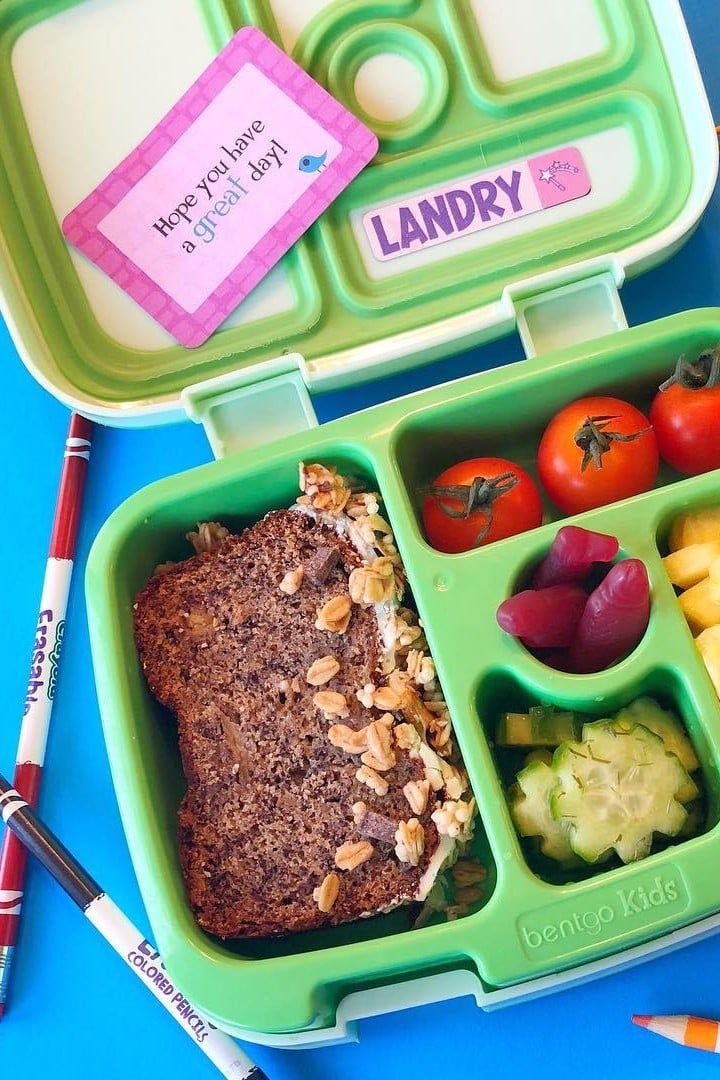
Don’t forget to put in cutlery, your baby’s sippy cup and bibs, too; disposable bibs are handy for meals on the move.
How do you keep baby food warm while traveling?
If you don’t think you’ll be able to microwave food on the move, you’ll need to heat it before you leave home.
Heat until it’s piping hot in the microwave, in the container that you want to transport it in (as transferring hot food to a cold pot will immediately start to cool it down).
Put a lid securely on the pot, and then put it inside an insulated lunch bag.
This should keep the food at the temperature required to prevent bacteria growth (60C) for two to four hours.
Don’t put cold food in the same bag as pre-heated food, as neither will stay at the correct temperature.
Before feeding your baby, taste the food yourself to make sure that it’s cooled down to a safe temperature.
The alternative is to invest in a small Thermos flask or travel mug, and put your homemade baby food directly into this.
How do you store baby food on the go?
Getting out and about with a weaning baby might seem like a lot of hassle, but like all parenting routines, the more you practise, the easier it will become.
And with an insulated bag, some freezer blocks and some decent, leak-proof food storage, you’ll soon find that there are no limits to the places you can explore.
The easy way to cope with mealtimes when you’re out and about is to take no-cook food that your baby can eat at room temperature.
This could be a jar or pouch of shop-bought baby food, finger food like sandwiches, or if you’d prefer her to have a fresh meal, you can simply take a ripe banana or avocado and mash it with a fork when it’s time to eat.
Frozen baby food will stay frozen in a cool bag for about six hours, and refrigerated food will also stay cool for that length of time.
Take the food out of the fridge or freezer just before you leave home and put it straight into the bag along with the freezer blocks.
If you’re not sure if you’ll be able to defrost the food on the move, it’s best to do this before you go out.
Make sure your food is stored in airtight pots with close-fitting lids to avoid leaks in your cool bag.
What temperature should baby food be?
Homemade food should be heated until it’s piping hot, so it’s not recommended that you warm it by standing it in a bowl of hot water (although you can do this for jars).
Many restaurants, service stations and family-friendly facilities like soft play centres have microwaves for customer use, or the staff can microwave food for you; if possible, phone ahead to check whether this can be done.
You can also check whether highchairs are available at the same time.
For homemade meals or foods that your baby prefers to eat warm, it’s best to heat the food when you need to use it, if possible.
This helps to reduce the risk of bacteria breeding in the food.
Do you feed baby food warm or cold?
Homemade food should be heated until it’s piping hot, so it’s not recommended that you warm it by standing it in a bowl of hot water (although you can do this for jars).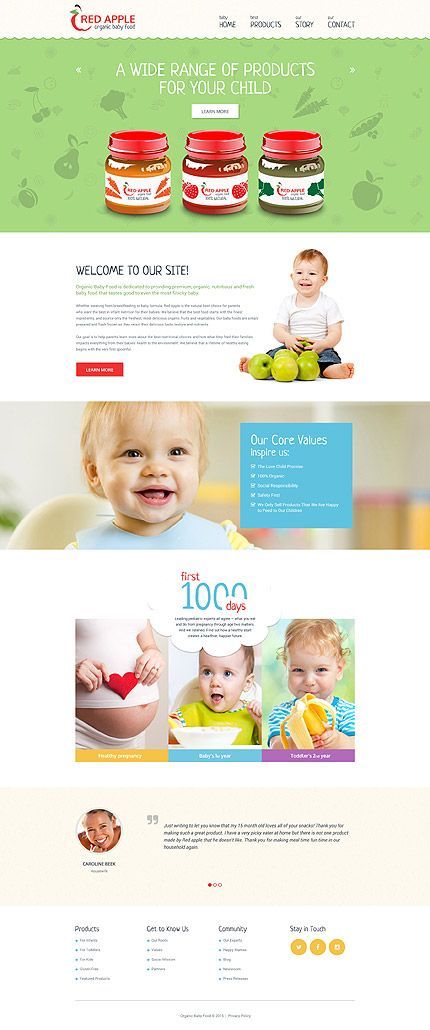
Many restaurants, service stations and family-friendly facilities like soft play centres have microwaves for customer use, or the staff can microwave food for you; if possible, phone ahead to check whether this can be done.
You can also check whether highchairs are available at the same time.
For homemade meals or foods that your baby prefers to eat warm, it’s best to heat the food when you need to use it, if possible.
This helps to reduce the risk of bacteria breeding in the food.
- The best buys for weaning your baby
- The best buys for weaning out and about
- The best cookbooks for healthy eating
Related products
FEED / WEANING
Tommee Tippee Pop-up Freezer Pots with Tray
RRP £5.00
★ ★ ★ ★ ★ (1)
Pop-up Freezer Pots with Tray 5.0 out of 5, 1 based on 1 ratings 1 user comments.
Reviews
FEED / WEANING
Philips Avent Combined Steamer Blender
RRP £118.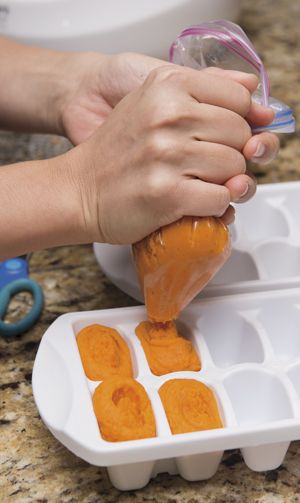 50
50
★ ★ ★ ★ ★★ (2)
Combined Steamer Blender 4.5 out of 5, 1 based on 2 ratings 2 user comments.
Reviews
FEED / WEANING
Tommee Tippee Magic Mat
RRP £4.99
★ ★ ★ ★ ★ (2)
Magic Mat 4.0 out of 5, 1 based on 2 ratings 2 user comments.
Reviews
How to store baby food while traveling
How to store baby food while traveling by car?
Baby food to take with you on the road
In the trunk of a car, the air temperature can rise to 40°C or more, so storage of food on the road must be taken very carefully:
Dry foods such as milk formulas, instant cereals cereals and fruit-based products (fruits, fruits and cereals, drinks) are well stored on the road. These products can be easily transported in the trunk.
Vegetables and products containing meat (menu, meat purees), on the other hand, are sensitive to prolonged exposure to air temperatures above 40°C. Therefore, special attention should be paid to the storage temperature of these products on the road. If possible, store these products in the vehicle interior. Thanks to ventilation and air conditioning, the air temperature in the cabin is lower.
Therefore, special attention should be paid to the storage temperature of these products on the road. If possible, store these products in the vehicle interior. Thanks to ventilation and air conditioning, the air temperature in the cabin is lower.
To be transported in the trunk: chill the jars in the refrigerator before you travel and then pack them in your travel cooler bag.
In addition, the jars must be packed in such a way that they do not break during transport. It is best to put them in a tray wrapped in plastic wrap. Keep all the products you need on the road at hand in the car.
Storage of baby food at the resting place
At the resting place, jars are recommended to be stored below 35°C. Before use, be sure to check the factory tightness of the package. If there is no vacuum in the jar, then the product is not usable.
How to determine the loss of vacuum in a closed jar? There is no vacuum loss, and therefore the jar is fine if. ..
..
1. Lid does not bend when pressed.
2. Click when opening the jar.
We wish you a pleasant journey and a good rest!
Learn more: Advice
Video: Weaning - advice from a midwife Video: Baby massage DietFood and drinkBaby's digestionOn holiday with a baby
Stress-free travelNutrition tipsHow to store baby food while travelingVacation checklistFirst aid for your baby on vacation
AllergiesSleepBaby's cryingMotor and speech
Choice of complementary foods
No age restrictions from the first daysfrom 1 monthfrom 4 monthsfrom 5 monthsfrom 6 monthsfrom 7 monthsfrom 8 monthsfrom 9 monthsfrom 10 monthsfrom 12 months
puree from 4 months - Vegetable puree from 5 months - Vegetable puree from 6 months - Vegetable puree from 7 months - Vegetable puree from 8 months Fruit puree - from 4 months - from 5 months months - from 6 months - Fruit purees in soft packagingMeat purees - Meat pureesMeat and vegetable menu - from 8 months - from 12 months Fish and vegetable menu - from 9Soups - from 6 months - from 7 months - from 8 months - from 12 months - From 18 months "Good night" in jars - Cereal cereals with fruit in jarsDrinks - Health drinks - Granulated teas - Tea bags - JuicesSnacks - Snacks
How to store milk formula? — Bellakt
Proper storage of milk formula largely determines its quality and, as a result, ensures the baby's nutritional safety.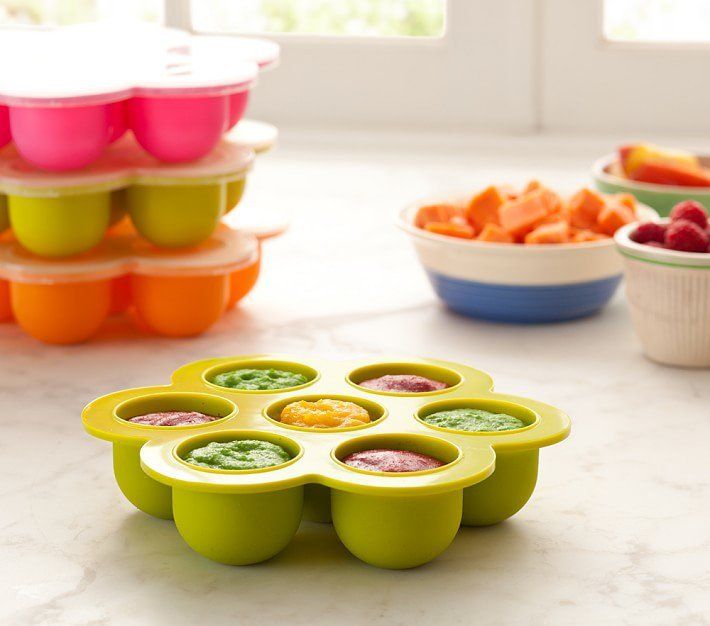 Strictly adhere to the manufacturer's recommendations when storing dry and diluted mixtures.
Strictly adhere to the manufacturer's recommendations when storing dry and diluted mixtures.
Baby dry mixes "Bellakt" are produced in cardboard boxes with foil bags. Therefore, closed dry mixes are recommended to be stored in a dry, cool place within the expiration date indicated on the package.
Never use expired meals!
Keep the opened package in a dry, dark, cool place at a temperature not higher than +25ºС and air humidity not higher than 85%. Avoid exposure to direct sunlight.
The best place for storage is a closed kitchen cabinet away from the stove. Do not store the mixture in the refrigerator as the high humidity may cause it to clump.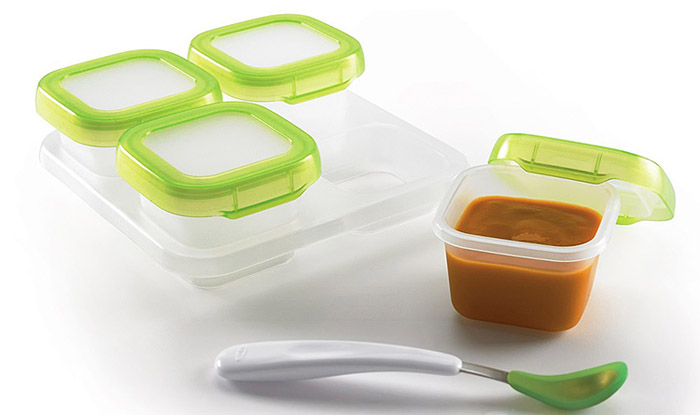
After opening the inner pouch, keep the product tightly closed and out of the reach of children.
Use the contents of an opened package within 20 days.
Even if you still have formula after this period, do not feed it to your baby. The mixture is packed by the manufacturer in a vacuum environment. After opening the package, the substances that make up the mixture interact with atmospheric oxygen, resulting in a change in their physical and chemical properties. For an adult, such changes may not be noticeable, but the baby's body reacts sharply to all changes in its familiar environment.
In addition to the mixture itself, it is important to properly store all the accessories necessary for its preparation - spoons, nipples, bottles.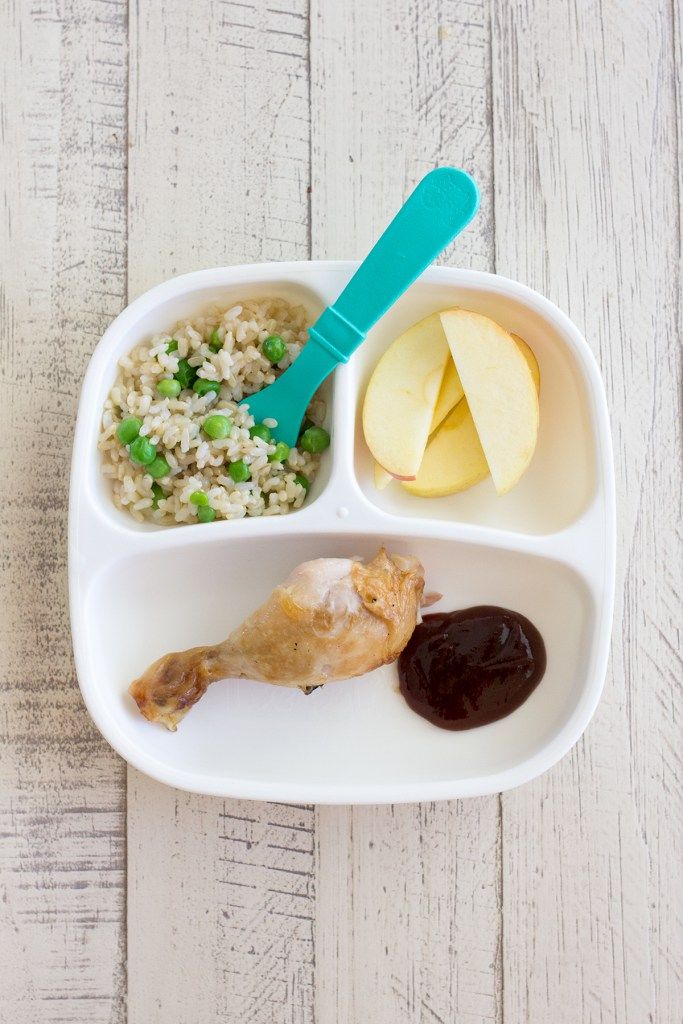 It is optimal to take a special container for them or store them in a sterilizer.
It is optimal to take a special container for them or store them in a sterilizer.
Remember that only clean, dry hands should be used to measure and dilute the mixture. Otherwise, the risk of getting into the dry food of pathogenic organisms, for which a nutrient-rich mixture is a favorable environment for reproduction and growth, increases. How to store the finished product?
Can formula milk be stored and if so, for how long?
This question often comes to the manufacturer from parents.
The mixture is recommended to be prepared immediately before use and it is not recommended to use the remains of the mixture for subsequent feeding.
But this possibility is not always available.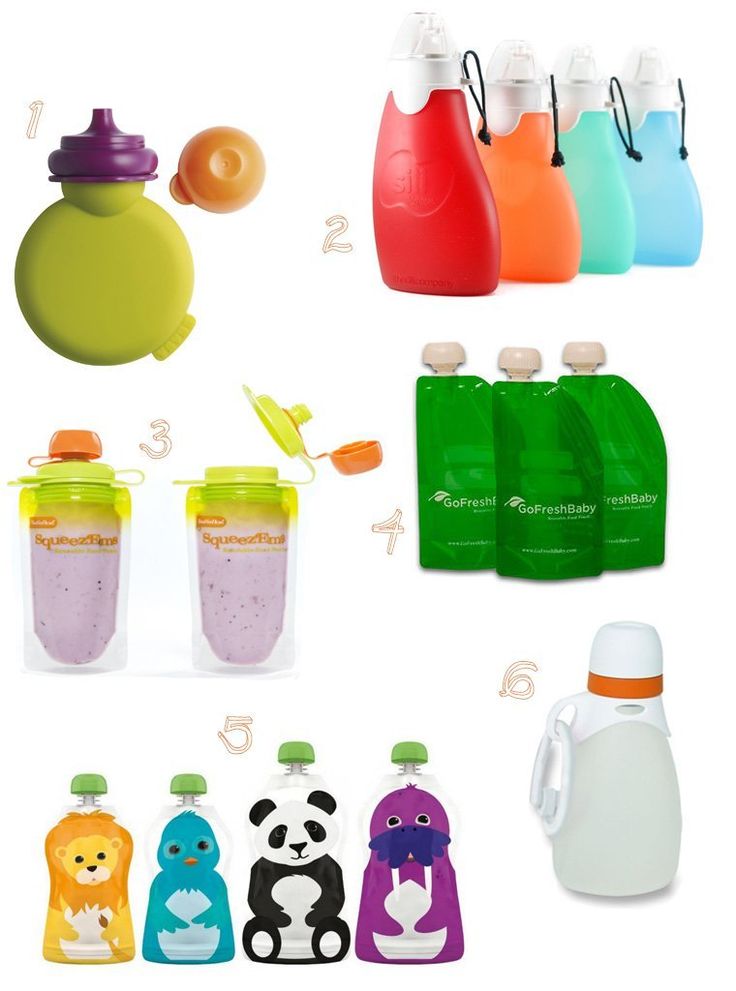
The European Society of Pediatric Gastroenterology, Hepatology and Nutrition (ESPGHAN) issued recommendations in 2004 according to which reconstituted dry formula can be stored in a sealed bottle at room temperature for no more than 4 hours. In the refrigerator at temperatures up to +4°C, the finished mixture can be stored for 30 hours.
But this is only if the bottle is tightly closed with a sterilized cap, and the baby did not eat from the bottle.
If the child even drank a little from the bottle, it cannot be stored, because the risk of developing pathogenic microorganisms increases.
One of the options for safe feeding a child outside the home (on a long walk, on the road, in a clinic, etc. ) is to take water and dry formula separately. Pour the required amount of formula for one feeding into a sterilized bottle and close tightly. Pour boiled water heated to +50°C into a thermos. When the baby is hungry, dilute the mixture.
) is to take water and dry formula separately. Pour the required amount of formula for one feeding into a sterilized bottle and close tightly. Pour boiled water heated to +50°C into a thermos. When the baby is hungry, dilute the mixture.
Councils for Storage of children's mixture:
- use the mixture only within the expiration date indicated on the package;
- keep the mixture open for no more than 20 days;
- store the mixture in a dry, dark, cool place in an airtight container. The optimum storage temperature is from +1 to +25°C. Do not store the mixture in the refrigerator, near the stove or near heating appliances;
- do not store the mixture next to flour and cereal products, vegetables, fruits and mushrooms in order to avoid contamination of baby food by insects;
- The mixing spoon must be dry and clean.